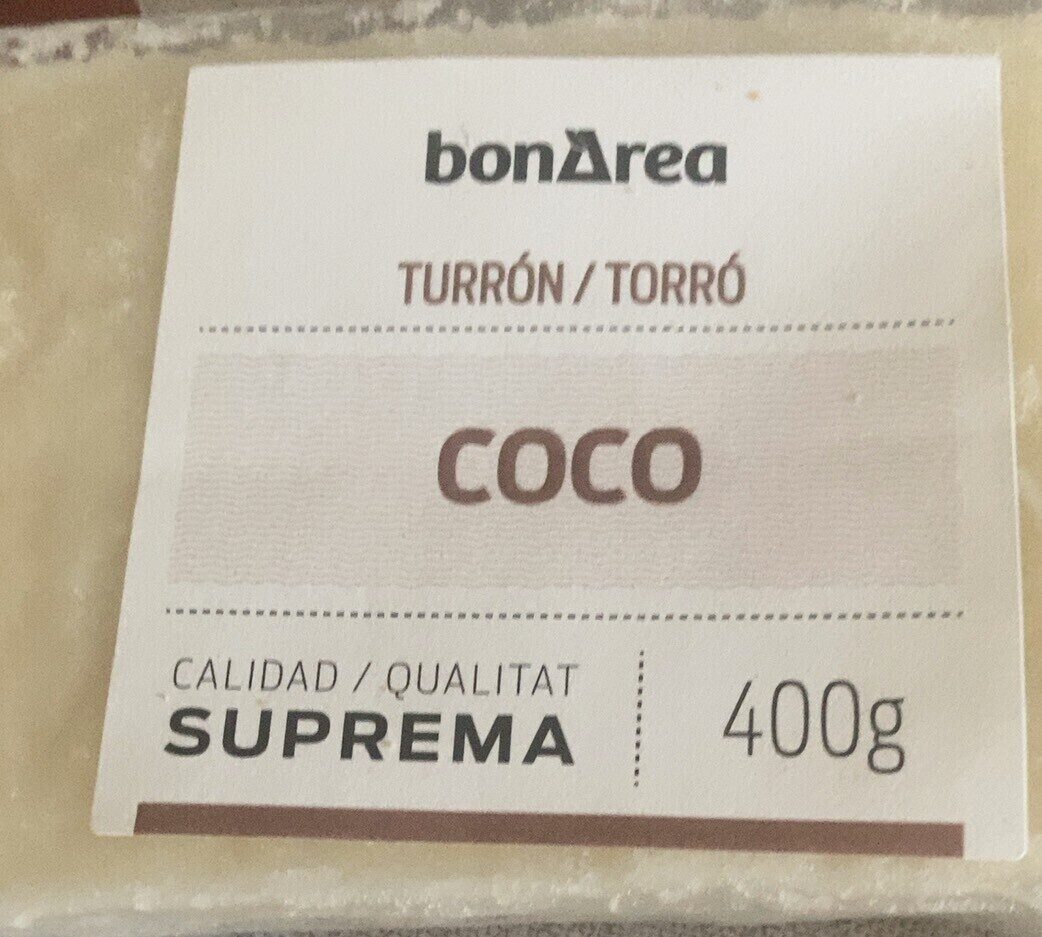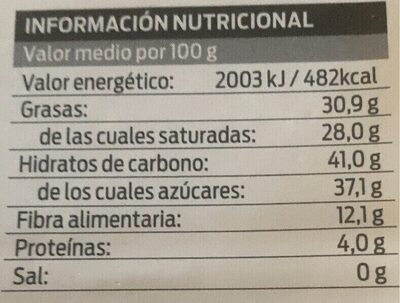Torró Coco - José Garrigos - 400 g
This product page is not complete. You can help to complete it by editing it and adding more data from the photos we have, or by taking more photos using the app for Android or iPhone/iPad. Thank you!
×
Barcode: 8413585022435 (EAN / EAN-13)
Quantity: 400 g
Brands: José Garrigos
Categories: Snacks, Sweet snacks, Confectioneries
Labels, certifications, awards:
No gluten, Green Dot
Manufacturing or processing places: Espagne
Stores: Venta Peio, bonÀrea
Countries where sold: Spain
Matching with your preferences
Environment
Packaging
Transportation
Report a problem
Data sources
Product added on by khorkaadren
Last edit of product page on by kiliweb.
Product page also edited by lorsitog, musarana, openfoodfacts-contributors, packbot, roboto-app, yuka.VktWYlB2b0MrOW9Ka01BZDd6LzBvK3RUN2J1eEFFK3pHK05QSUE9PQ, yuka.sY2b0xO6T85zoF3NwEKvlhF7QoTcvy7GGh3jyX-F-NqxP47rOtt-8tL_aKo, yuka.sY2b0xO6T85zoF3NwEKvllNla4TwmhD-Ezb6iHPb-eeCcq2xXvNyz46jaao, yuka.sY2b0xO6T85zoF3NwEKvlldtSebbqzvtDSf5yGKOmO_QcM3Qf_5ZvZrwbKs, yuka.sY2b0xO6T85zoF3NwEKvlmZdY-bHiT_pGxXTgXfQ-O-CAZDnMMx1yIHRP6s.










